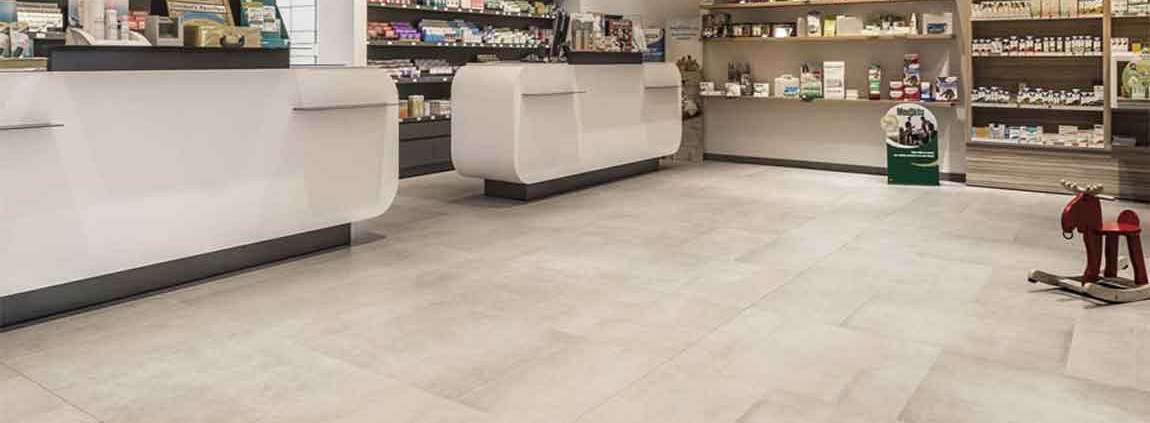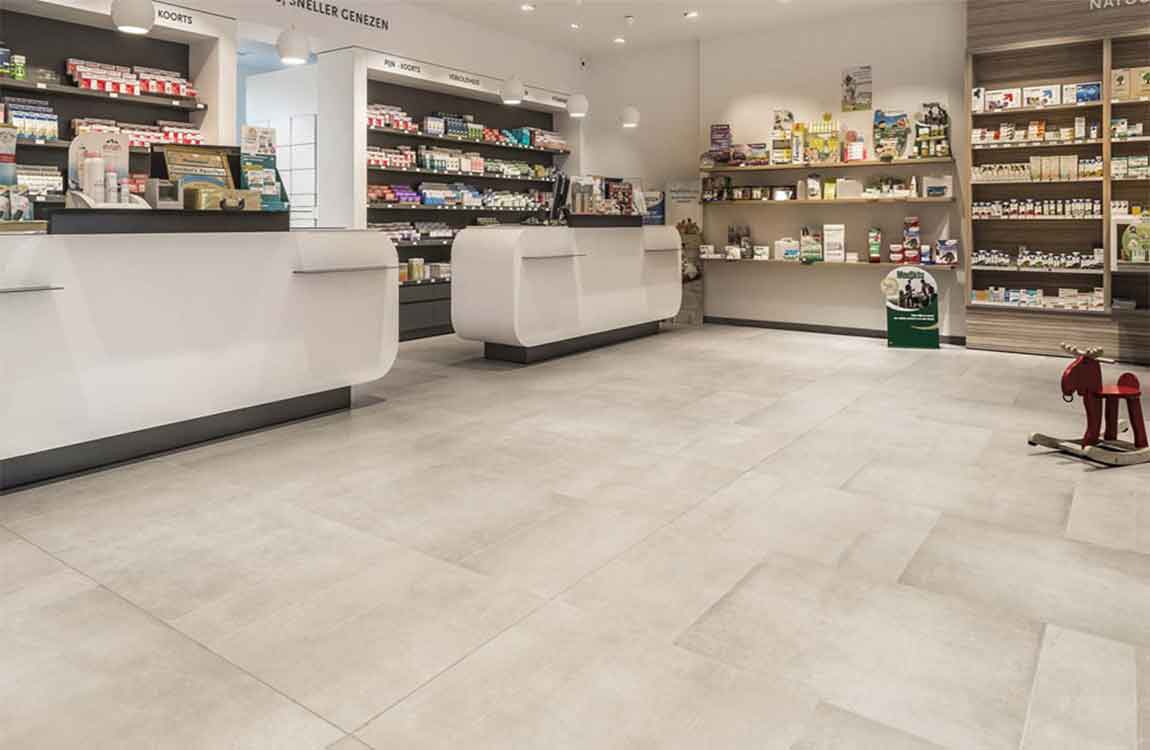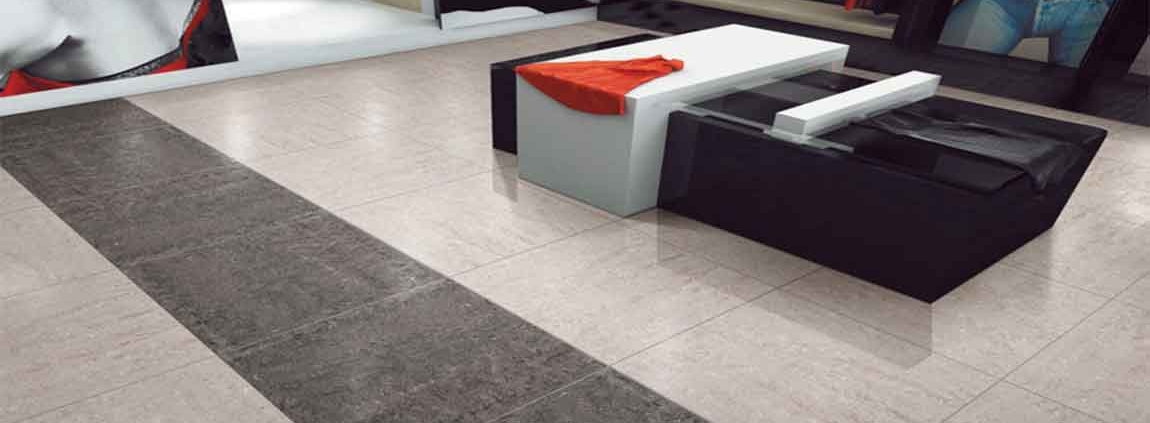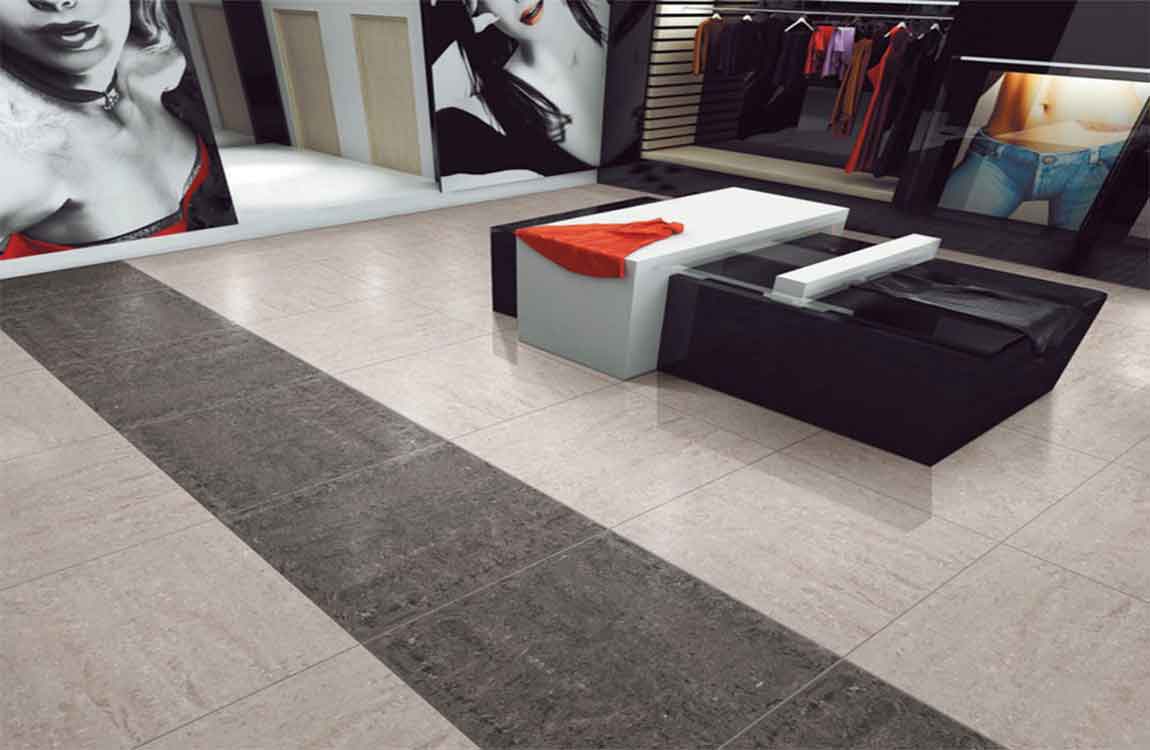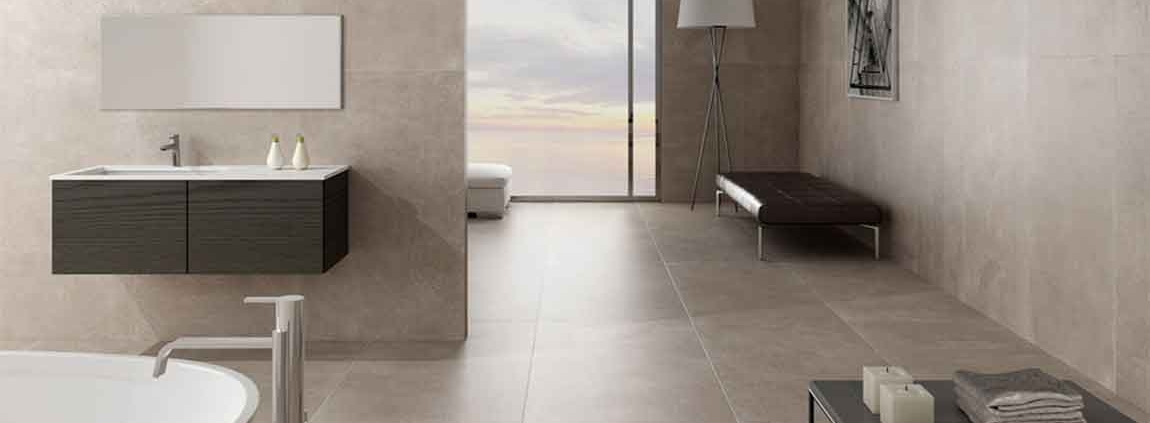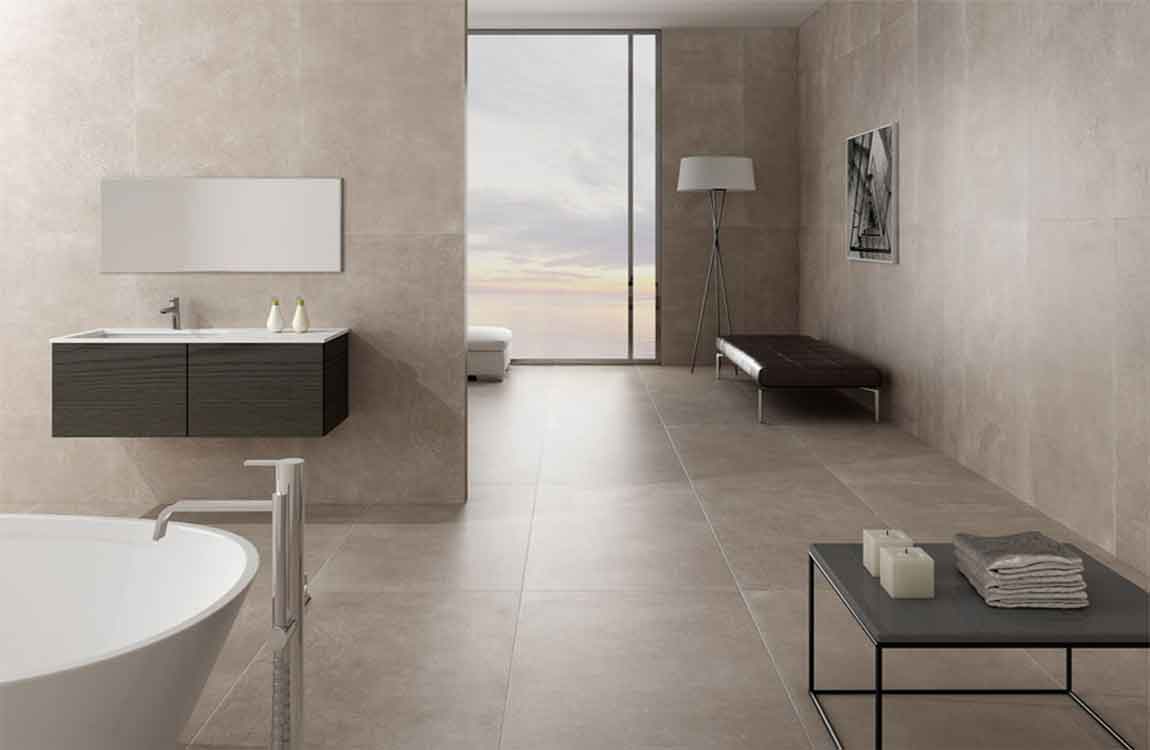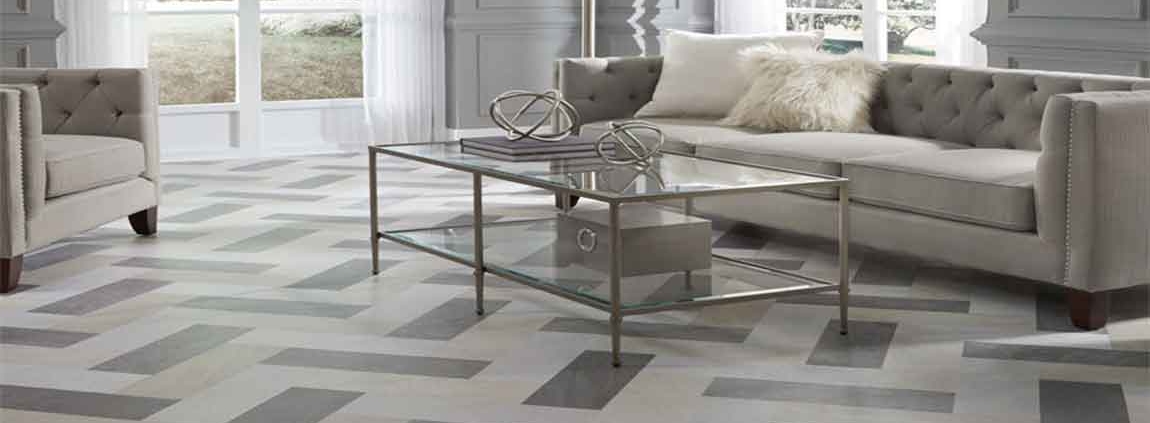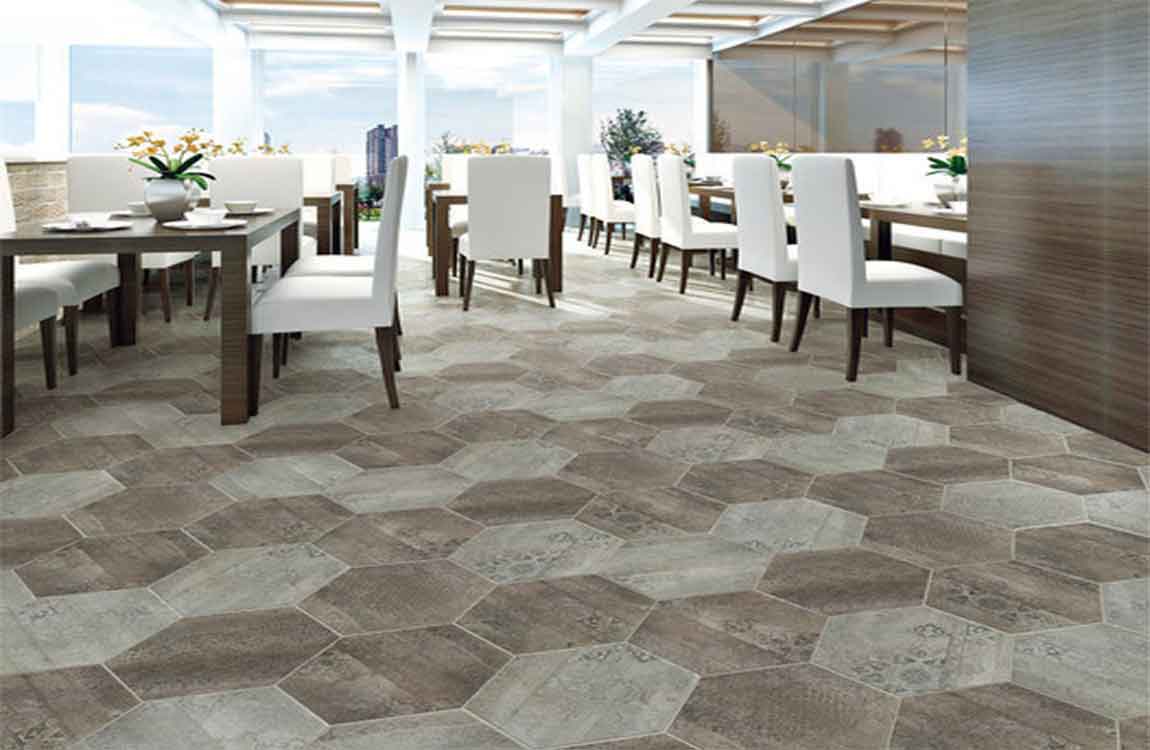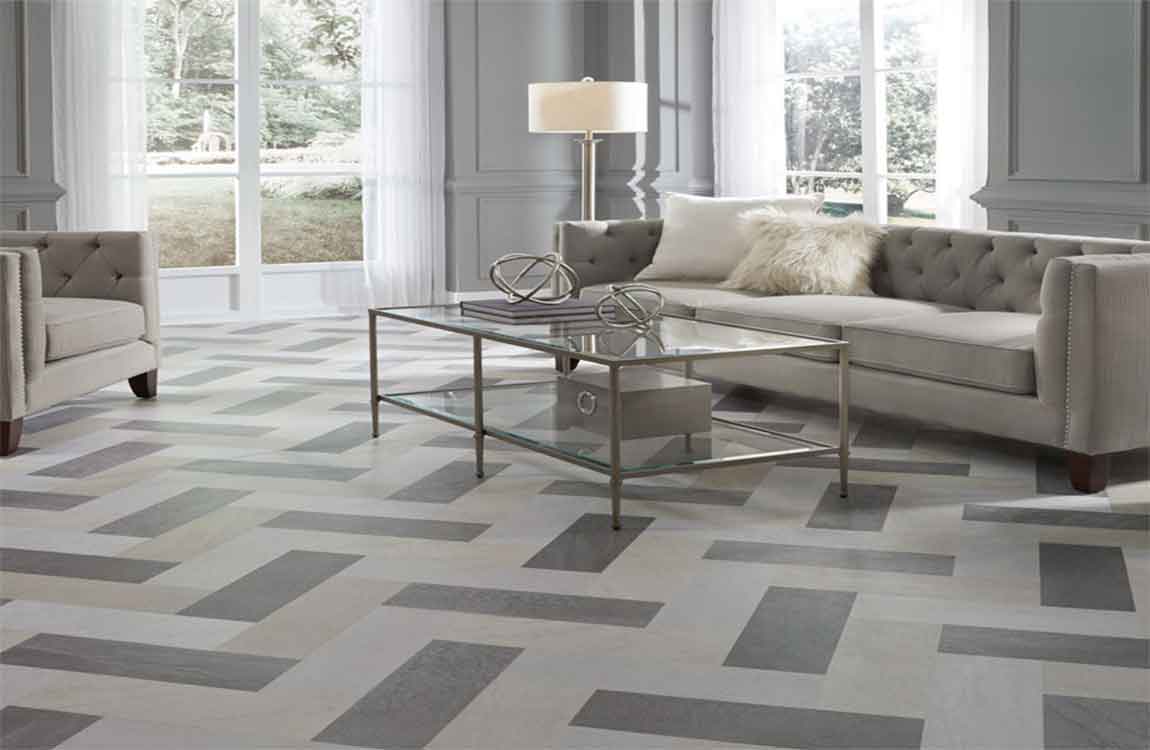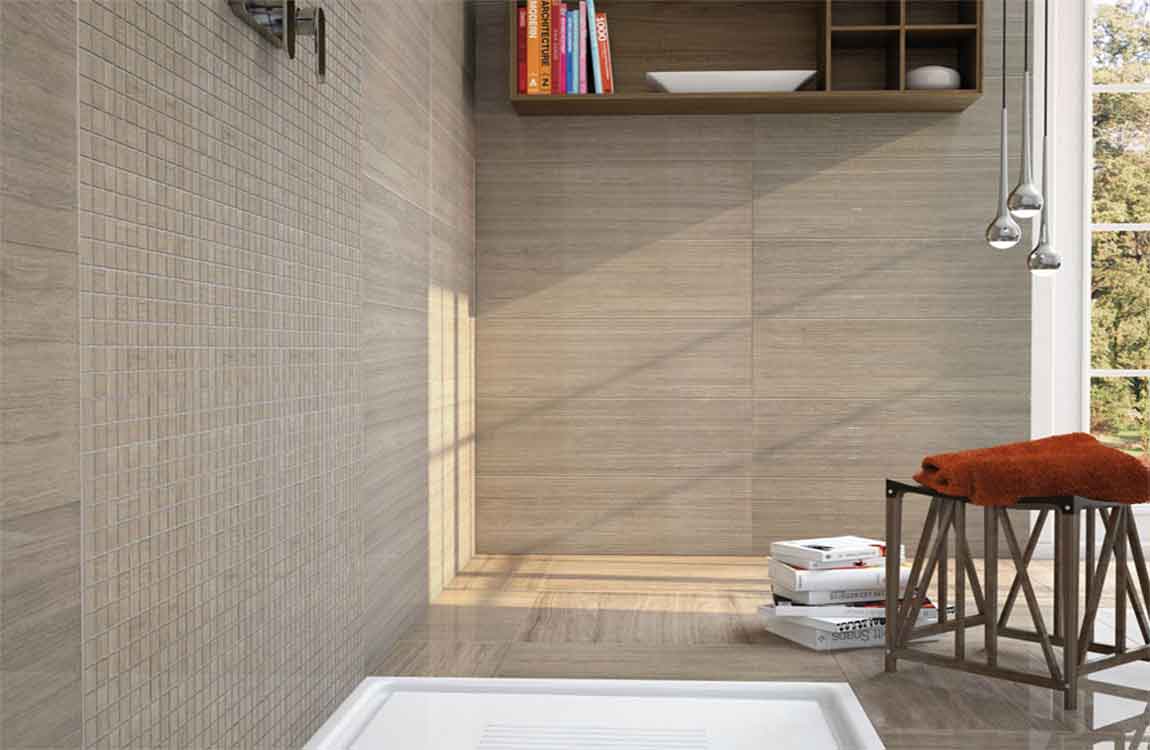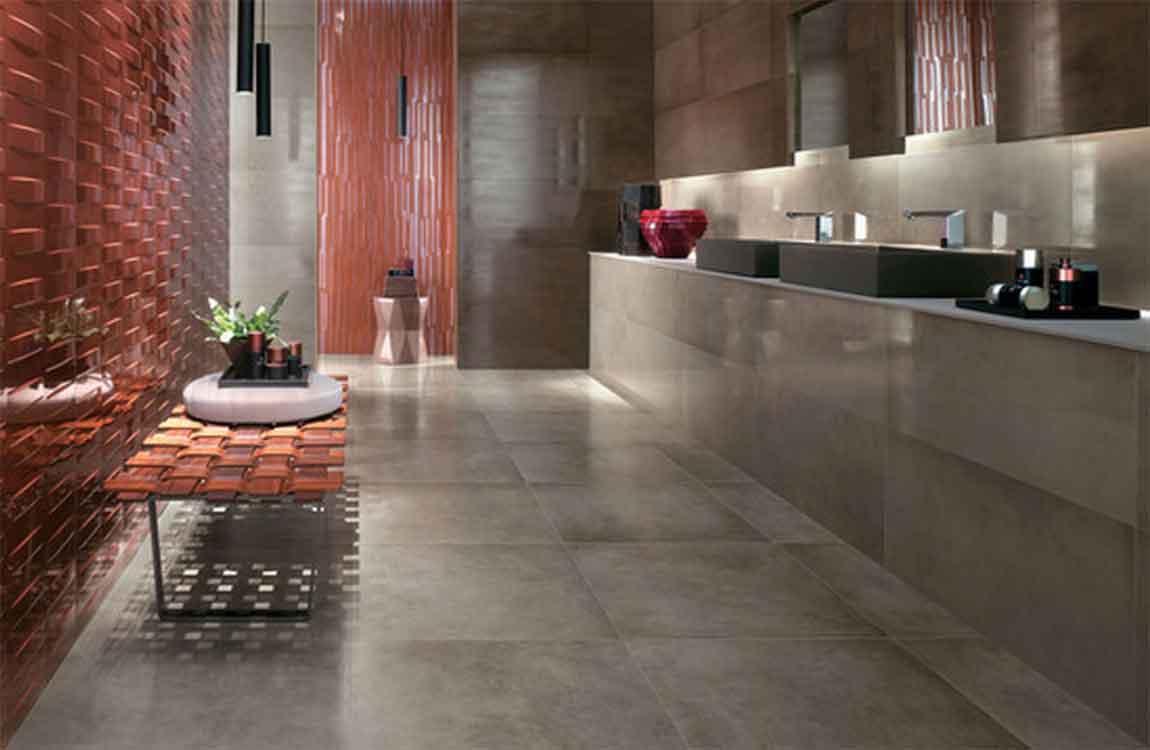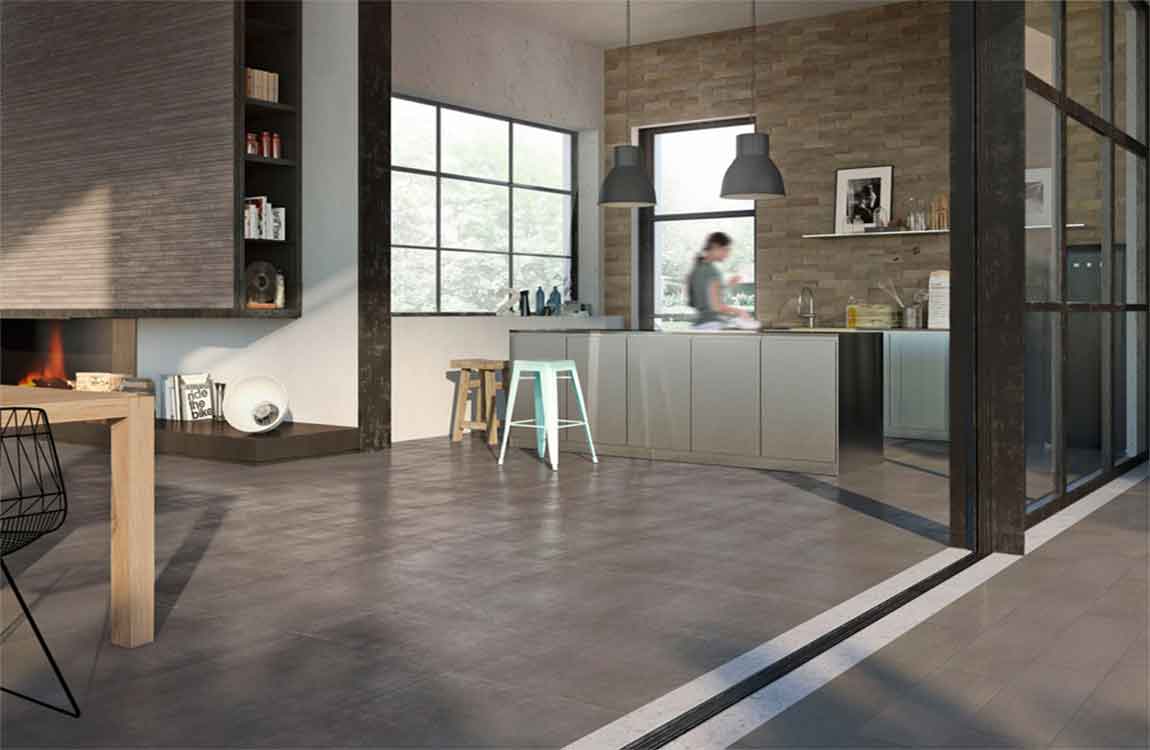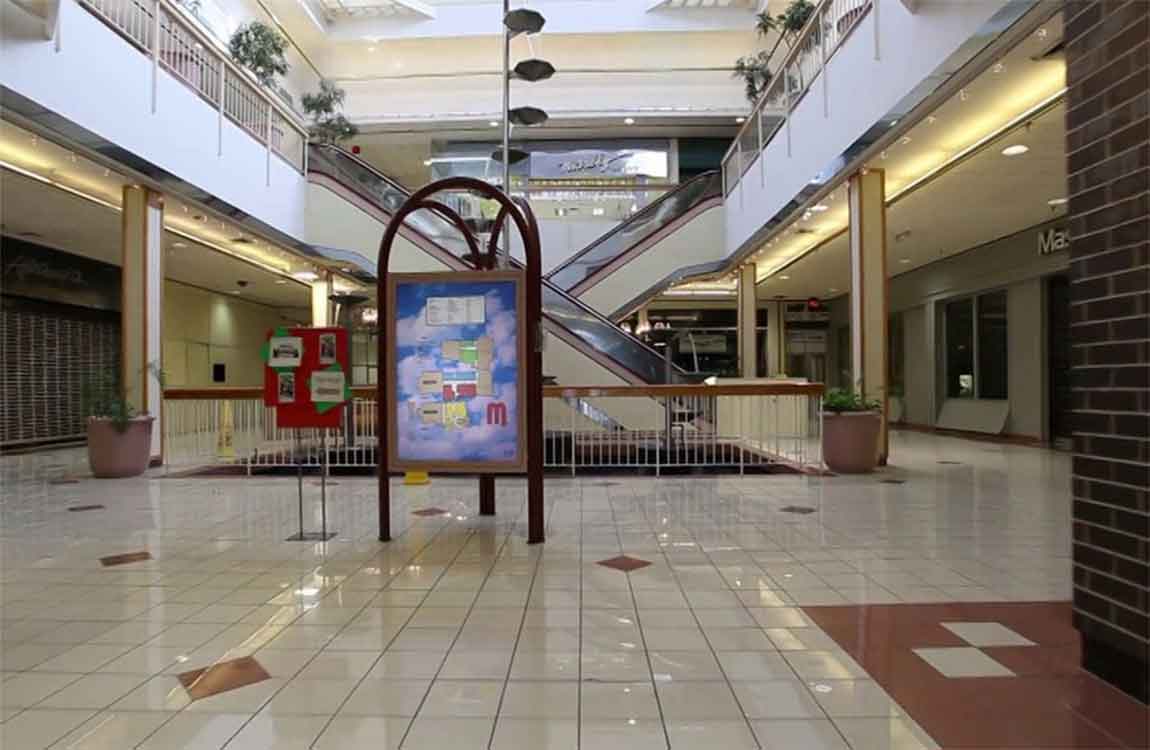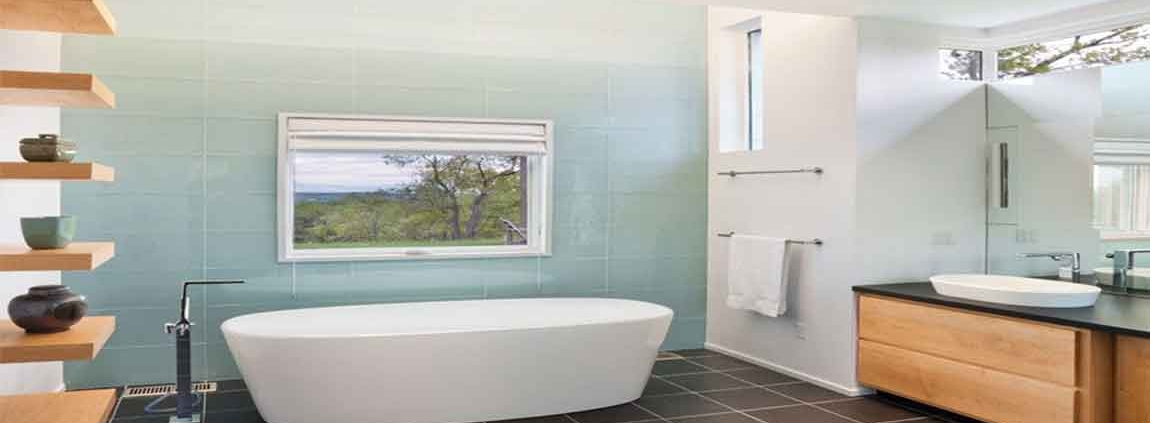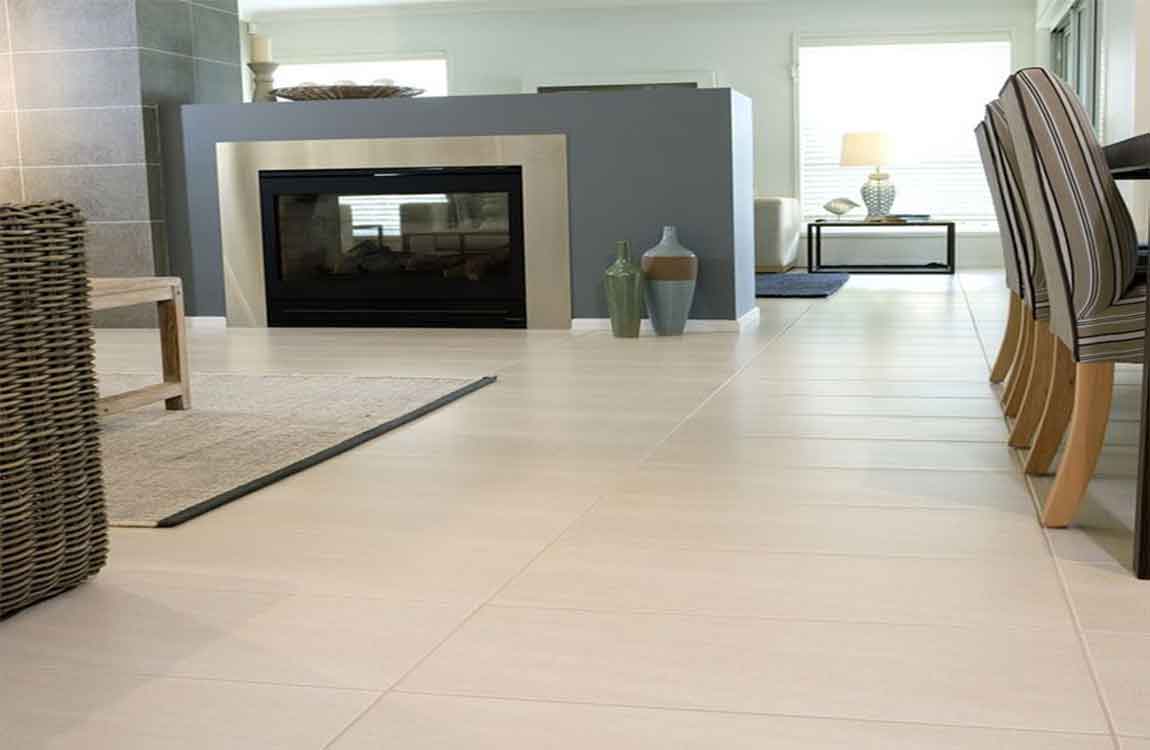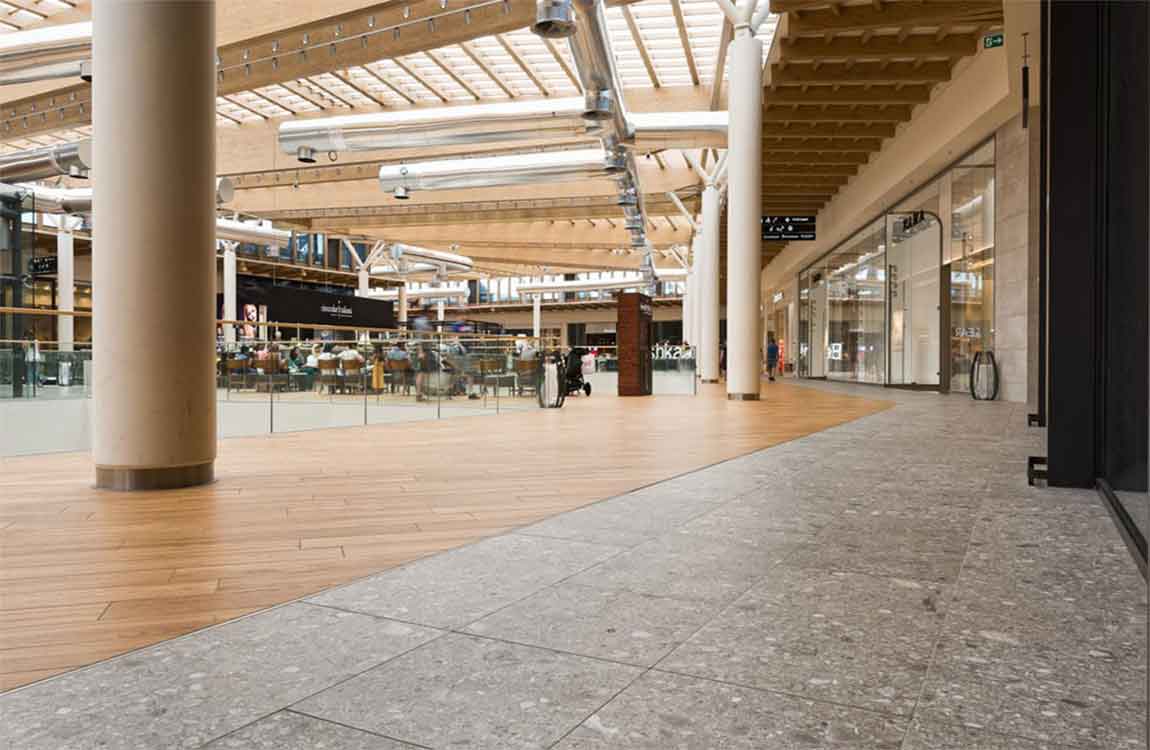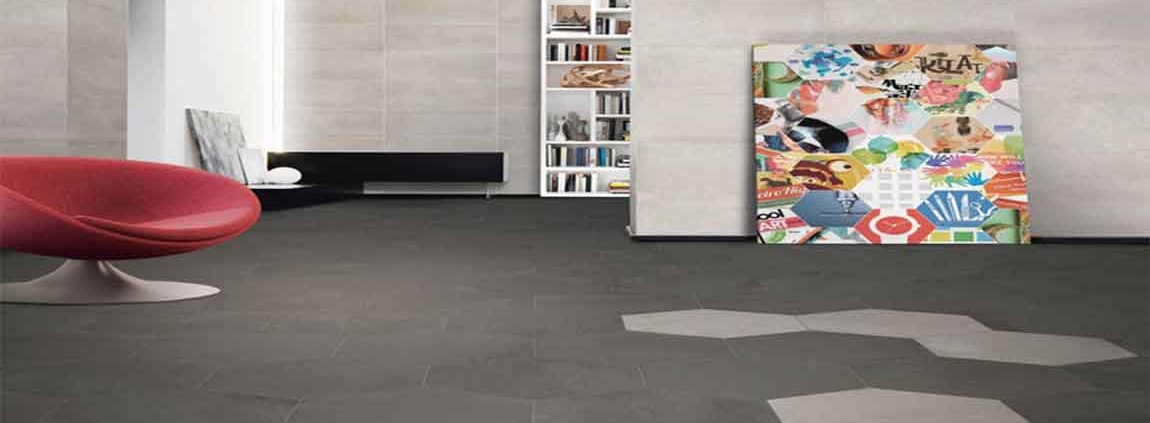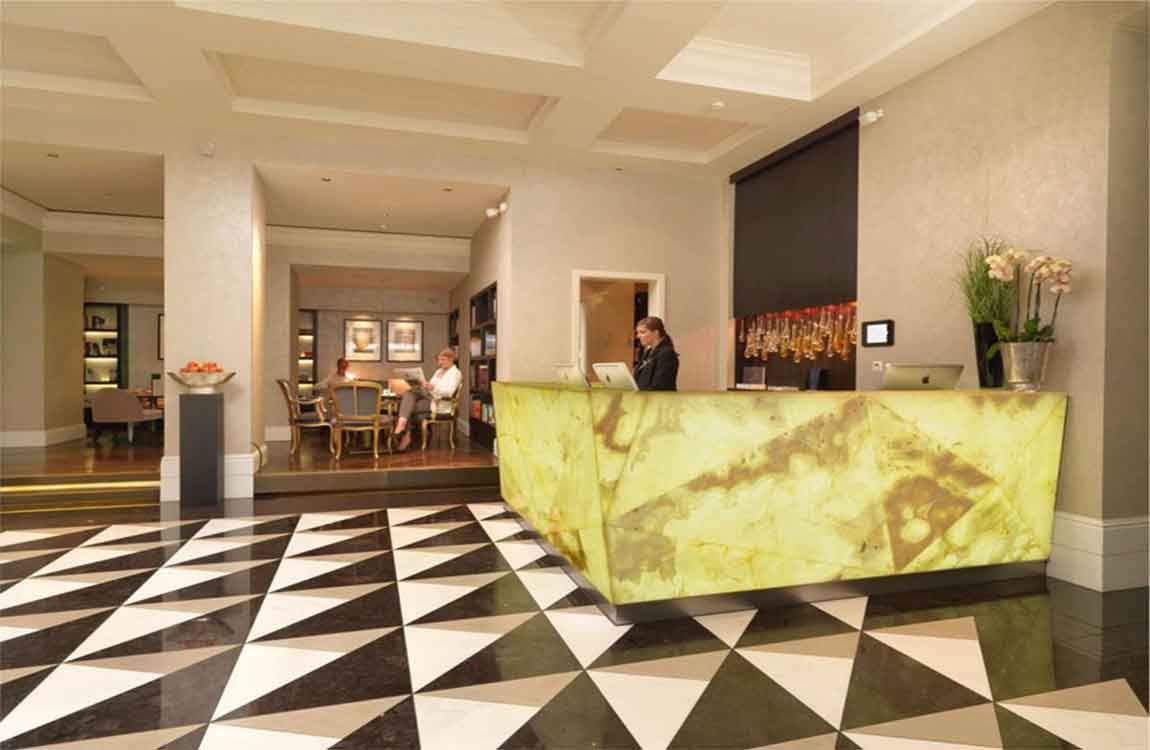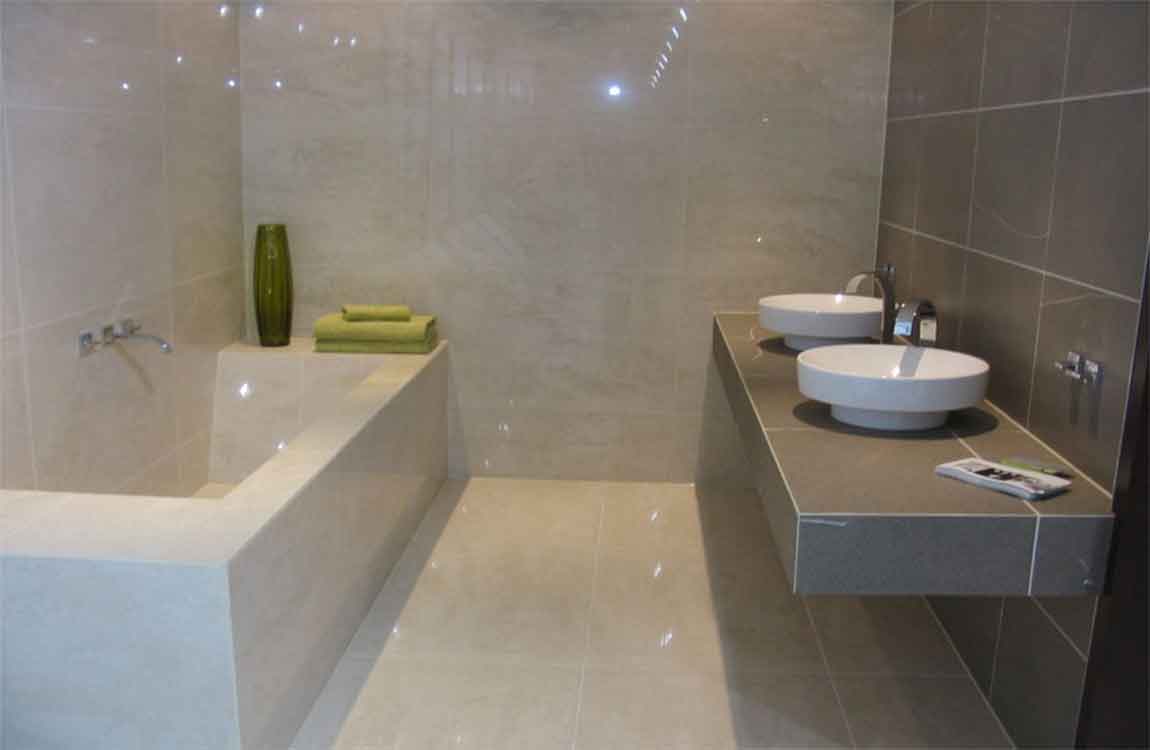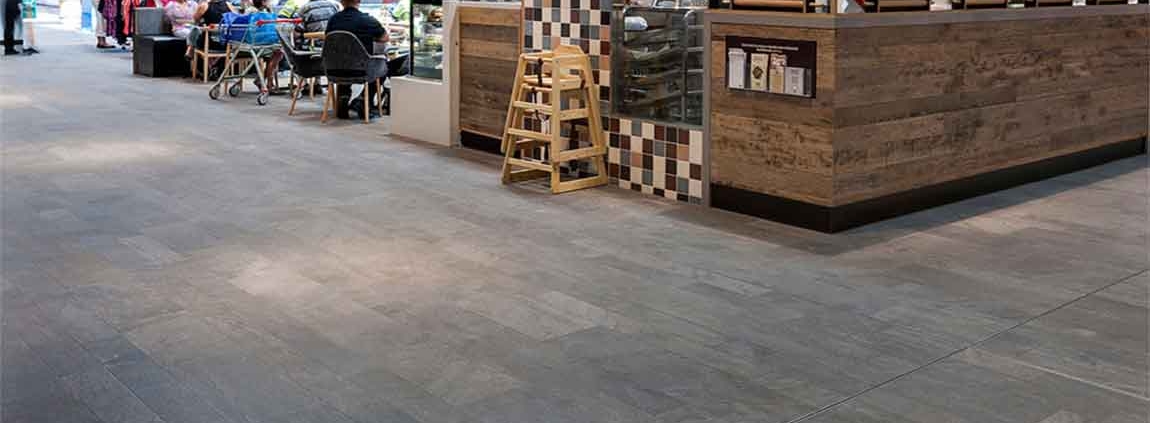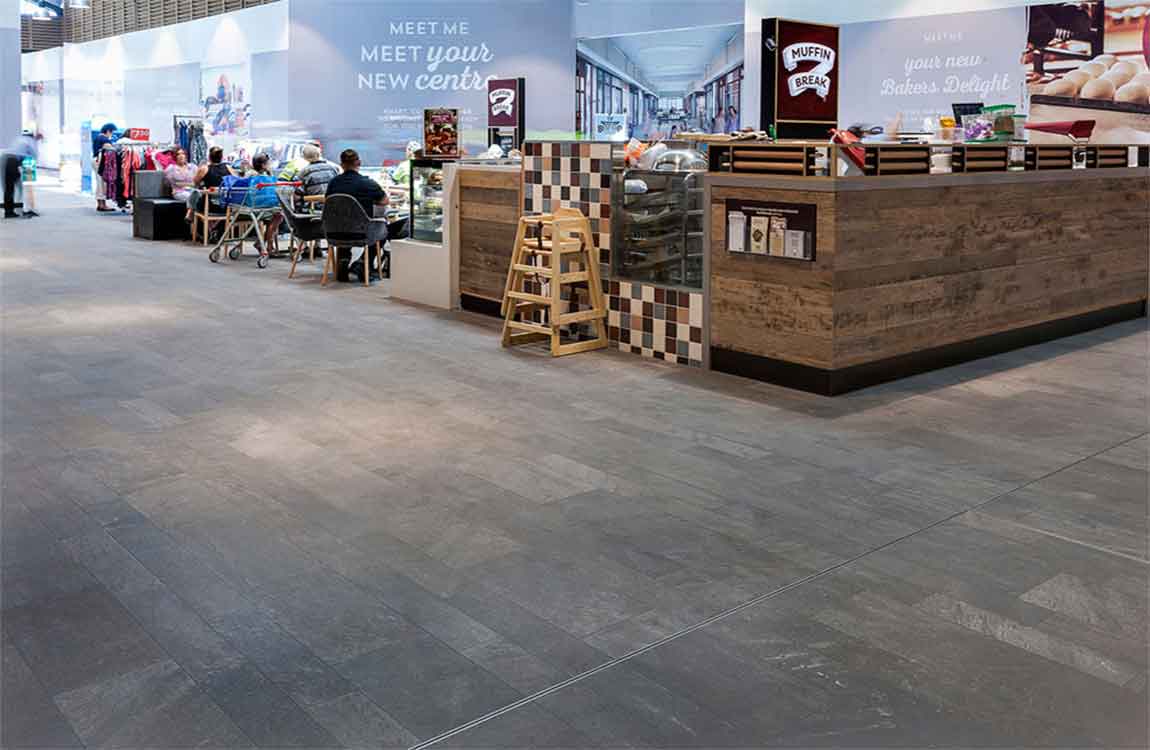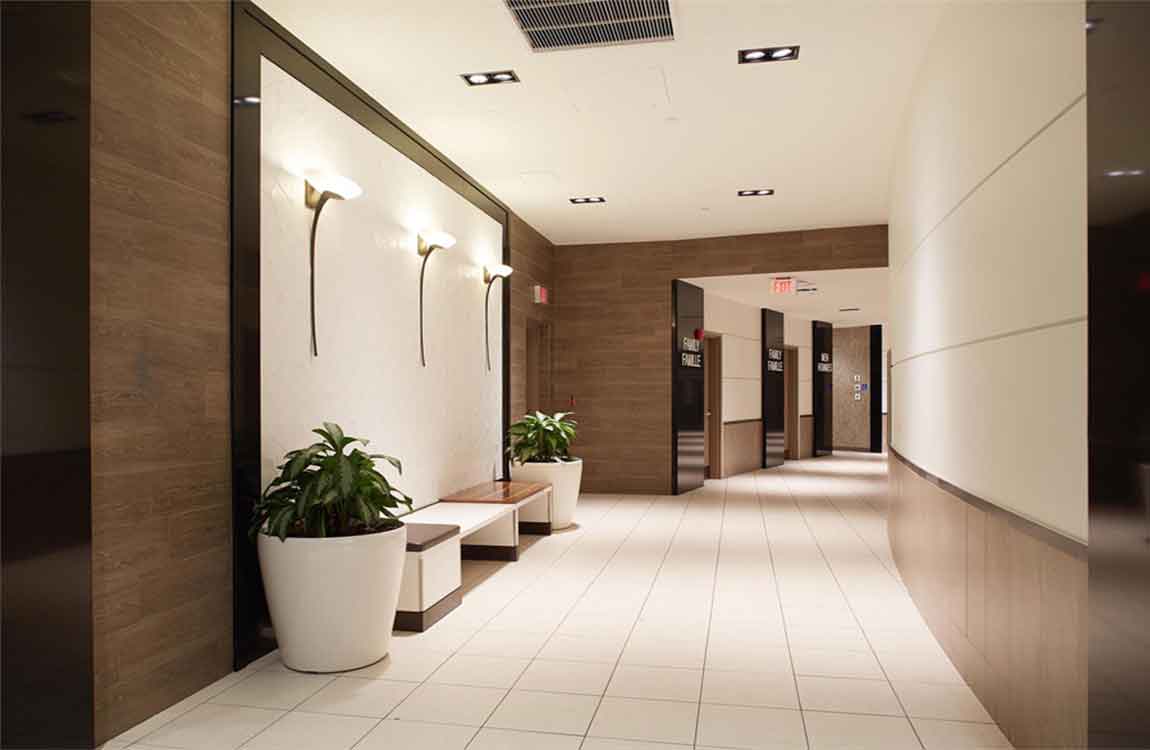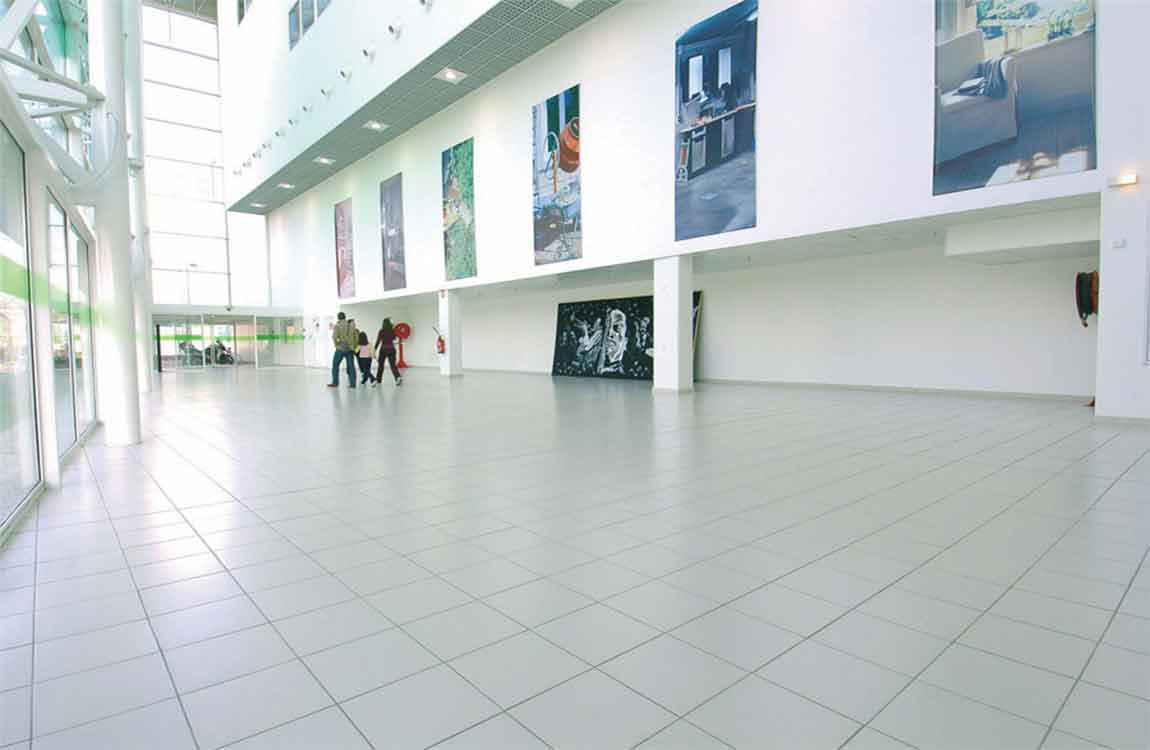How Doing Daily Cleanup of Marble Tiles?
Wet the surface of the tiles. Run a clean, damp cloth over the surface of the cultured marble tiles to slightly wet it. This helps you avoid damaging the glaze that gives it its shine when you apply the soap or cleaner. If the surface already has lingering water, such as from a shower, you don’t need to add more.
Apply a mild soap or all purpose cleaner to the surface. You can spray the soap or cleaner directly onto your cultured marble tiles, or you can dampen a clean towel and wipe it over the surface. Choose a water-based cleaner with a neutral pH. It’s the safest option for cleaning your cultured marble tiles without damaging the glaze or scratching the surface.
Wipe the surface of the cultured marble tiles with the rag. Make circular movements as you wipe away the soap or cleaner. If necessary, apply more soap or cleaner to the cultured marble tiles. Continue wiping with your cloth until the surface is dry. Use a soft cloth to avoid scratching or damaging the surface. Don’t use abrasive sponges or cloths.
If your cloth is very wet, switch to a clean, dry cloth to remove the remaining cleanser. Avoid using harsh chemicals, which can damage the surface. Harsh chemicals can damage the glaze on your cultured marble tiles, making it appear dull. These cleaners can also cause chemical scuffs and scratches on your cultured marble tiles. Stick to mild soaps and cleaners.
Rinse away the cleaning agent and polish the marble tiles, if desired. Fill your cup with cold water again. Pour it on the cleaned portion of your marble tiles and wipe up excess liquid and remaining dirtiness with a clean, soft, dry rag. After this, your counter should be clean. This method will remove dirt and debris but not grease.

